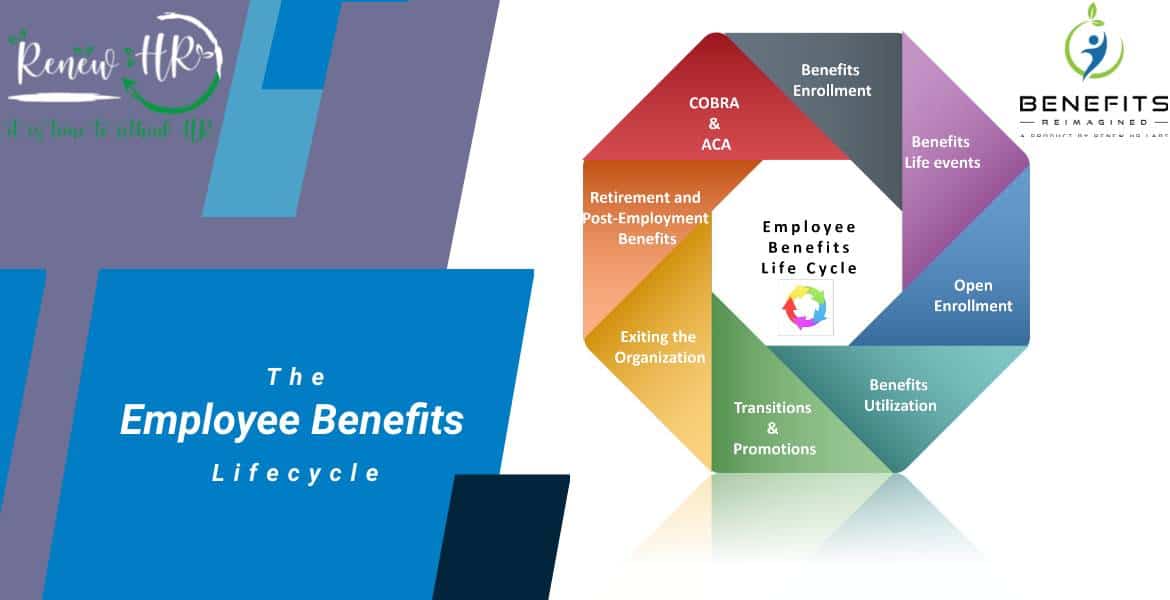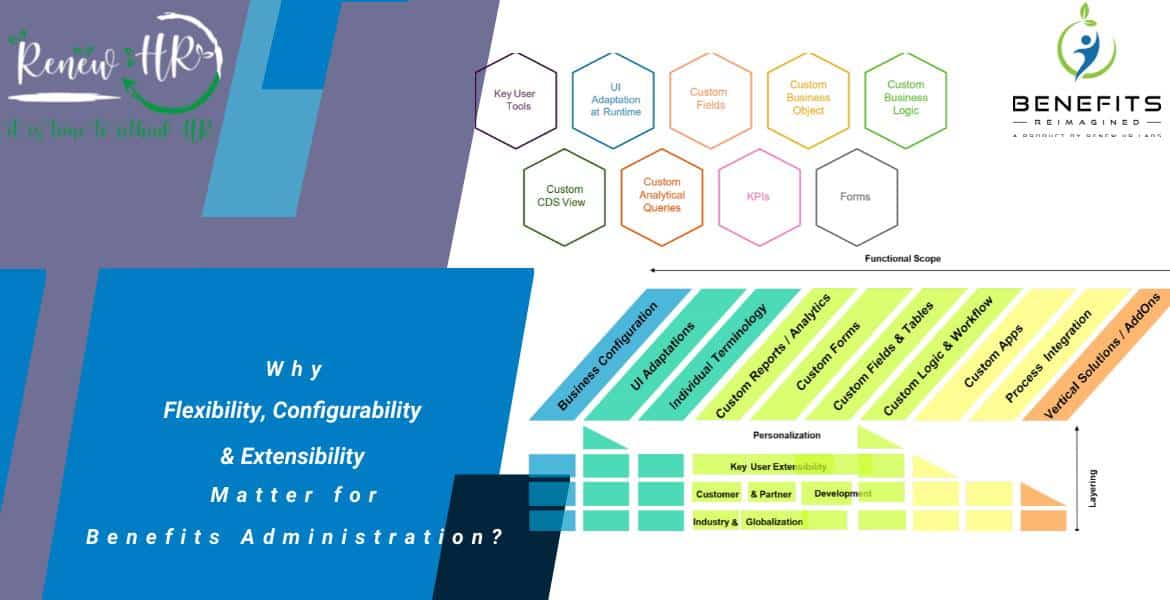Employee Motivation in a world that is still reeling from the effects of the COVID-19 crisisHow to Re-engage your Employees Post-Covid is a challenging proposition. The anxiety, uncertainty, and fear caused by the ongoing pandemic have still not disappeared altogether. The pandemic has caused operational delays and disruptions, which have negatively affected employees and employers on a global scale and across most industries. In particular, this has made it difficult for managers and employers to motivate employees and make them feel secure.
Indeed, it is equally difficult for managers and employers to stay motivated and project confidence during this time. In this context, many have wondered if it might be necessary to rethink and update employee and self-motivation techniques to suit the demands and contours of a post-Covid world. While that may be true to some extent, the good news is that established best practices for workplace motivation are still deeply applicable to the current scenario, which is characterized by the growing popularity of the hybrid working model: a combination of on-site and remote work.
In other words, we do not necessarily have to come up with newer, more novel approaches to workplace motivation. This is reassuring, especially since the task of coming up with new ways to motivate others and ourselves can sometimes become stressful.
This article presents simple, actionable tips for managers to connect better with employees in order to motivate them.
Contents
Prioritize mental health and wellness:
Though the pandemic has had a largely disruptive effect, it has nonetheless drawn our attention to general health and wellbeing, including mental health. People have been open about the many ways in which the pandemic has induced anxiety. Thus we know that remote work has benefits as well as drawbacks; while it can boost productivity and reduce commute-related stress, it can also entail loneliness and create a sense of isolation. For those who are already deeply affected by the devastating impact of Covid-19, remote work-related stress and isolation are additional problems.

Fortunately, however, helping employees combat mental health challenges could be as simple as regularly checking in to offer support and assurance. In fact, companies, schools, and colleges have set up counseling hotlines to aid employees in this regard. Some companies have also reevaluated their health benefit plans to enable employees to avail mental health support through the Employee Assistance Program (EAP), and these simple measures have had numerous positive impacts on employee motivation.

Set realistic goals:
Working from home is not as easy as it seems. Juggling work and domestic responsibilities can be tiresome and often leads to burnout. It is thus essential to create an environment conducive to open communication between managers and employees, which in turn is important for managers to understand how much work might be too much. This allows them to set realistic and achievable goals and targets.
Open communication channels also enable managers to figure out if an employee is feeling overwhelmed or overworked. Conversely, it also enables them to recognize if employees are feeling excluded or dispensable. One simple way to do this is by scheduling brief and regular meetings; whether you meet daily, or weekly, or on alternate days is a decision managers could arrive at by factoring in the needs of the team and the personality of team members.
Flexible work policies and timings have also been particularly useful in making remote work less stressful. In fact, it has also been pivotal in improving operational efficiency.
Connect on a personal level:
This is perhaps the biggest challenge of remote work and the hybrid work model. It is not always possible to forge meaningful connections with colleagues when we don’t see them often enough. Managing and building connections with newly hired employees is just as difficult.
Thankfully, there are simple ways to build camaraderie online. Scheduling light-hearted fun sessions have been particularly effective.

It reduces stress and makes employees feel more involved and valued. You can also devise short icebreaker games to make new employees feel welcome. This can be something as simple as a game of online Rocks Paper, and Scissors or something slightly more elaborate, such as a themed game of quiz.Alternatively, you can also encourage your remote team to come up with games or fun events. This has been shown to improve trust and make employees feel more valued and involved.
It also helps to discuss topics other than work, which could help people bond, especially if they have common interests. Virtual coffee chats are also becoming increasingly popular.

Acknowledge hard work:
Research shows that rewards and recognition have a great impact on employee motivation. This is a tried and tested technique, and is bound to remain relevant regardless of the likely changes in the way we work. When all else fails, letting someone know that they’re doing a good job is likely to boost their spirit. At times, something as simple as a thank you note or a lunch coupon could help boost employee morale.
In fact, a salient insight from the field of cognitive psychology shows that acknowledging good work leads to positive thinking, improves self-worth, and reduces stress and anxiety.
The same applies to appreciating an entire team’s hard work. Letting your team know that they’re doing a good job and acknowledging their effort is a great way to boost team morale.
Encourage open communication:
It’s important that your team members have a voice and feel heard. More often than not, difficult problems can be solved through simple, insightful conversations. Encouraging employees to share their thoughts and concerns and listening to them earnestly and thoughtfully is another excellent way to improve workplace motivation.

Encouraging your team to ask questions and seek answers also makes them feel more involved. In official discussions, use open-ended questions wherever applicable to try and understand what and how your team thinks. Managers and employers should also take feedback from employees from time to time to understand employee challenges and pain points. Employees who feel heard are more likely to be satisfied with their job than those who feel left out.
Be honest and transparent:
Transparency helps improve the relationship between managers and employees. It is also an excellent way to foster trust. Uncertainties about job security have still not faded away. It is thus natural for employees to have many questions about their future. Being honest with your team about the possible negative impacts of the pandemic on their bottom line may make for a tough conversation, but it is essential. It enables employees to reassess their plans and goals. Delaying these conversations can have a detrimental effect: employees may not have enough time to revise their plans and strategies.
Informing employees about potential short-term or long-term negative impacts is also a great way to earn their trust and loyalty. Since doing so encourages a two-way dialog, it could also prevent organizations from setting unrealistic expectations for the future.

Support new learning and overall development:
COVID-19 has been a blessing in disguise for people who used to spend too much time commuting. Some have been making the best use of their time by signing up for new online courses or corporate training programs. Yet others have been able to dedicate time to courses or programs that they had previously enrolled in, but had little or no time to complete. COVID-19 has given several people opportunities to upskill.
It’s hardly surprising that the popularity of open online courses has been growing exponentially since March 2020. Since upskilling helps fill skill gaps, employers could encourage employees to learn new skills that might contribute to their overall development.
To this end, employers could conduct corporate training programs or team up with online course providers who can help train employees. These courses can improve employee confidence and boost their job performance, which in turn will benefit the organization. In other words, encouraging employees to learn new skills can be a win-win situation for employees and employers.
Spread hope:
As we seem to be moving toward some semblance of normalcy, it’s important to spread hope, not fear. This is especially important since public health experts have warned that the Covid-19 pandemic might not be over just yet. A positive outlook can help people persevere through setbacks and adversity. Organizations should thus ensure that their internal communication remains positive and encouraging. If the tone is uplifting and optimistic, it can help employees feel motivated and hopeful, which in turn can help them perform better.
The pandemic sure has changed how we live and work, but thankfully it has not complicated the task of motivating employees and remote teams and making them feel secure and involved.















